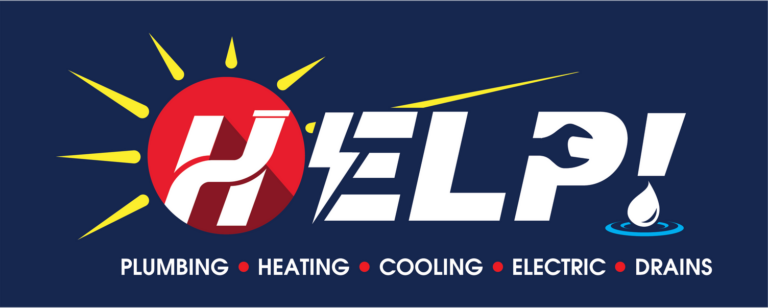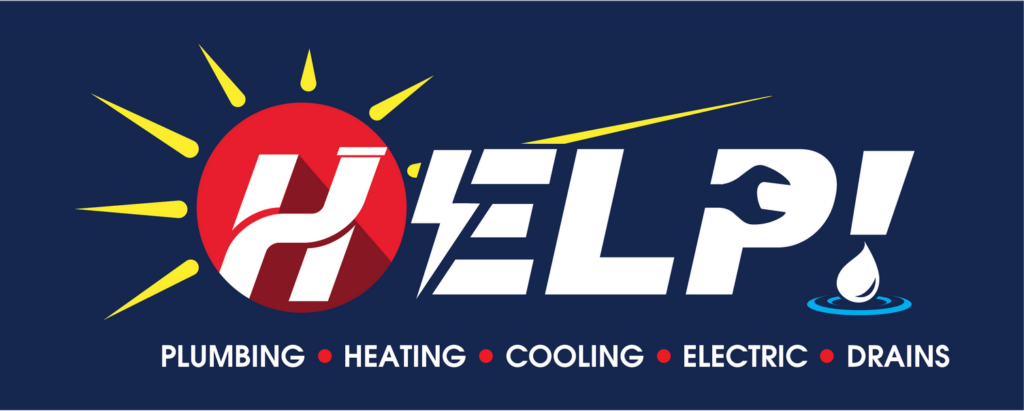During the chill of winter, the last thing you are probably thinking of is your home’s central air conditioning system. However, this season is the best time to perform maintenance tasks that will tune your system and prevent trouble from happening when you flip on the switch in the summer.
One maintenance task that you should not neglect is clearing out the condensate drain line. A failure to keep this line clean can lead to clogs that will shut down your unit or cause water damage when condensate overflows. Below is how you can perform this easy but vital task:
Locate the Condensate Drain Pipe Opening
Finding your condensate drain shouldn’t be too difficult, especially if you live in a humid climate where air conditioners pull a lot of moisture from the air. During the summer, there are literally gallons of water that pour from the typical condensate drain, and this water makes finding the drain location easy.
Of course, if you are searching for the drain in the dead of winter and haven’t been around during the summer to see the drain produce water, it may take a little while to find the pipe opening. If you don’t know where to look, search for a short section of ¾-inch PVC pipe exiting a wall or your home’s eaves.
Locate Where the Drain Pipe Leaves the Evaporator
After finding the drain opening, the next step is to head to the opposite end of the pipe and find where it attaches to the evaporator coil. As the water flows from the coil, it is collected in a pan and funneled into the drain pipe; as the pipe exits the evaporator, it will curve downward to form a trap. The pipe will also contain a drain cleanout at the top of the section just before the trap.
Open the Cleanout to Access the Drain Pipe
The cleanout is simply an access point for adding chemicals or performing other maintenance inside the drain pipe. It is usually sealed, but there are occasions when the opening isn’t capped. If the pipe is sealed, remove the slip cap that covers the cleanout and set it aside in a safe location.
Take a moment to peak into the opening with a flashlight and you may see green slime, mold, and other unpleasant substances. These are what you are trying to remove from the drain line.
Pour a Cleaning Agent into the Cleanout
Once the cleanout is open, the next step is to flush it with an antifungal, antibacterial, and antiviral cleaning solution. Ordinary, unscented laundry bleach meets these qualifications and is also inexpensive.
To add the cleaning solution, take a funnel and slip it into the cleanout opening. While holding the funnel steady, carefully pour two quarts of laundry bleach into the funnel and allow it to find its way into the drain line. If the bleach begins gurgling or doesn’t drain quickly, then pause and wait for a few seconds. Continue pouring bleach into the funnel until the original two quarts is all but gone.
Rinse Out the Condensate Drain Pipe
After pouring bleach into the condensate drain through the cleanout, allow the cleaning solution to remain inside the pipe for several minutes to permit the bleach to work against the slime and mold. Most of the bleach will probably drain out of the pipe on its own, but you will still need to rinse out any remaining bleach to prevent possible damage to the inside of the PVC pipe.
To rinse the drain, pour approximately one gallon of warm water into the funnel and allow it to flow through the pipe, flushing out all the bleach and debris. Once the water runs clear, you can feel confident the drain pipe is squeaky clean and ready for summer.
Obtain Help if You Need It
If you aren’t comfortable performing this procedure on your central air conditioning system, then contact a qualified HVAC professional to help. They will be able to not only clean the condensate drain but also perform other critical maintenance necessary to keep your unit running in tip-top condition.


